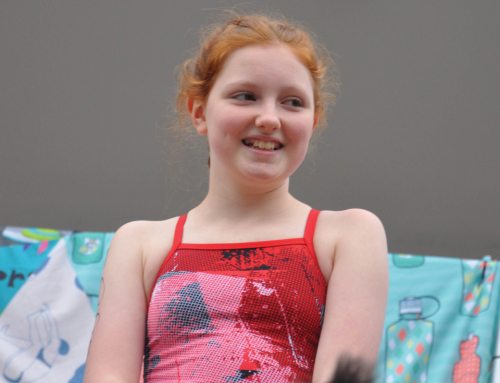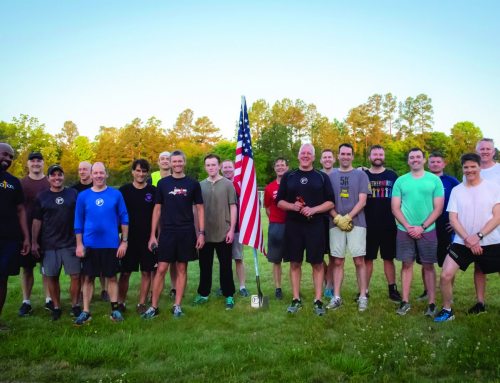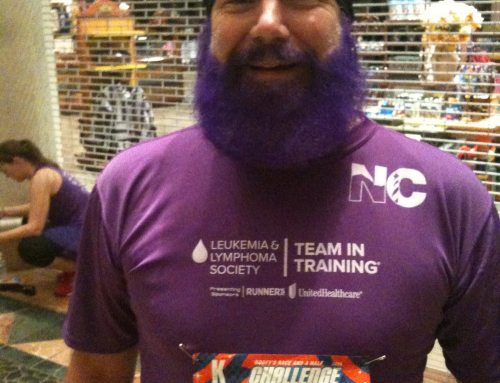How about this for a New Year’s Resolution: Ditch New Year’s Resolutions. Why? They rarely stick. It can be beneficial to reflect on what changes we want to make in our lives and to identify habits that we want to leave with the previous calendar year. The overindulgence that comes with the holiday season leaves us primed for extreme and overly ideal desires for changing certain things. Before we know it, we declare that we will join the gym and lose 25 pounds as a way to start fresh. This is easy to say after finishing a calorie and fat packed holiday meal; A little harder to follow through on when it requires peeling our body out of bed before day light on a 30 degree morning.
Enter the concept: Unrealistic Optimism. Duke University Profession and researcher of Unrealistic Optimism, Kurt Carlson, says, “People seem to ignore all likely common constraints as if things are going to be ideal.” He continued to explain that people know where they want to be with something and unconsciously gather information and a perspective to build a likely case. They know the end result they want and recruit support for this ideal without giving adequate (or any) attention to basic realities. They move forward with execution and then when these basic realities come up, they are derailed. Instead of learning from the realities and updating the ideal, they become defeated and then even the ideal fizzles away.
So how do we avoid the black hole of New Year’s Resolutions? How do we shift our perspective from ideal to realistic? One place to start is to take stock of all aspects of life and to honestly evaluate where you are in all areas of life: Health& Wellness, Spirituality, Fun/Social, Family & Friends, Significant Relationship(s), Career, Personal Growth, and Finances. Without much analysis, rate your level of satisfaction with each of these areas of life. Take a brief overview of how balanced (or out of balance) you are by noticing how evenly round your pie is? Is one or two areas of life throwing off your balance? If so, spend some time drilling deeper to better understand this satisfaction level: what do you want this area of your life to look like? If you are only 50% satisfied, why and what makes you less than 100% satisfied? This is also your opportunity to be idealistic; give this voice in your some space.
Looking at our lives through this life wheel exercise provides a bigger picture perspective than the post holiday meal blues allows for. It is a structured way to see where you are out of balance and truly where you are not satisfied so that you can set yourself for longer term, more impact change. It may also bring to light some hidden areas of dissatisfaction or provide some clarity about where and why your life is really out of balance.
The next step will help you bring the ideal down to the reality. Start by identifying what you want to change in one of the areas that you are not satisfied or out of balance. This should be specific and this is where it is important to bring a raw honesty to the analysis. To succeed in any behavioral changes, we have to be realistic and start small. If you identify that you want to increase the amount of exercise you get each week, there are many ways to do this. It doesn’t work to quickly sign up for the gym and tell yourself that you will use it 6 times a week. It does work to really think through the use of a gym membership and to explore all options for getting more exercise. It is also important to take a typical week and to visualize the suggested change in the context of that week and the other aspects of life that you are balancing. Doing so may lead you to determine that “more” exercise for now means 3 days a week plus some extra walks around the block with the dog instead of setting yourself up to go from ‘not exercising consistently’ to ‘exercising six days a week’ potentially and somewhat likely falling short of the goal.
Carlson prescribes a two question approach to closing the gap between ideal and reality. His work suggests that you first ask yourself the questions: In an ideal world, how much will I exercise? After answering this, then ask: How often will I exercise next week? Through this two-part questioning, you allow your ideal self to talk and then you let the real self ground you. Carlson’s research found “that when people are first asked to predict what would happen in an ideal world, then asked how they actually expect to do, they are more realistic.”
No doubt the New Year is a wonderful opportunity to pause and take stock in ourselves. But as you do so, avoid the trap of unrealistic optimism by keeping your idealistic goals at bay – be real with yourself!
Kurt Carlson is assistant professor of marketing at
Duke University, Durham, 27708 (kurt.carlson@duke.edu).






